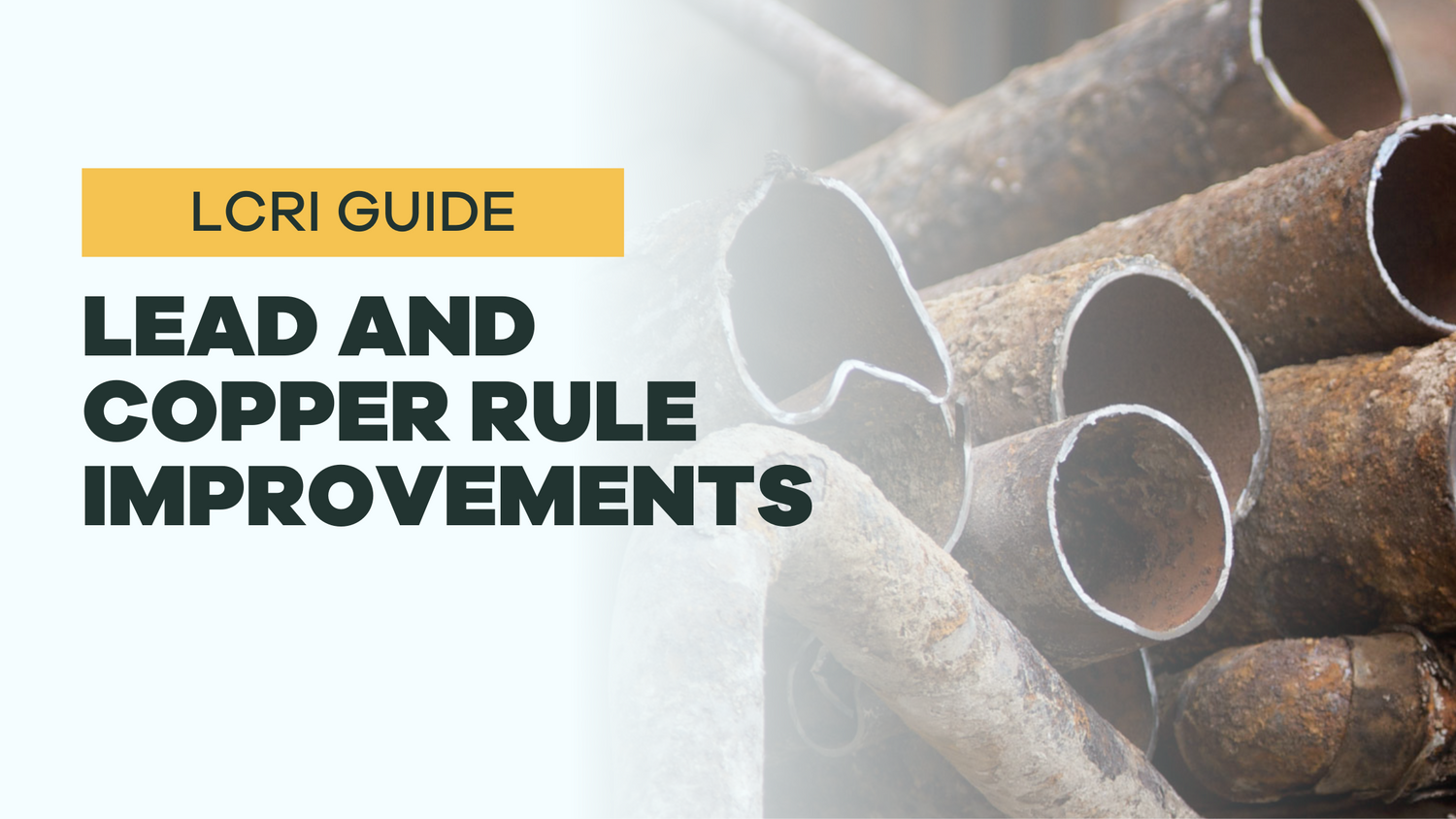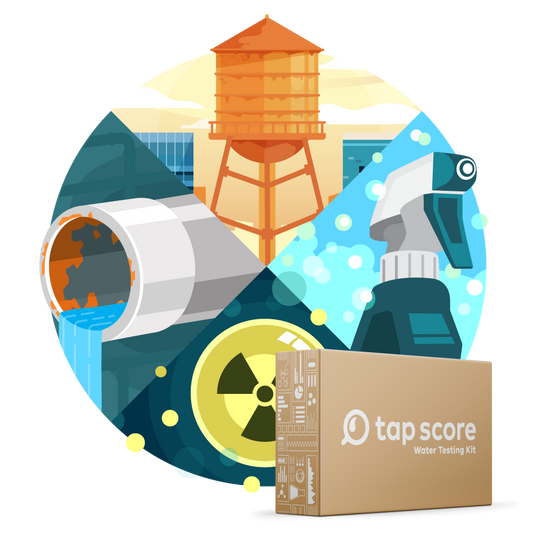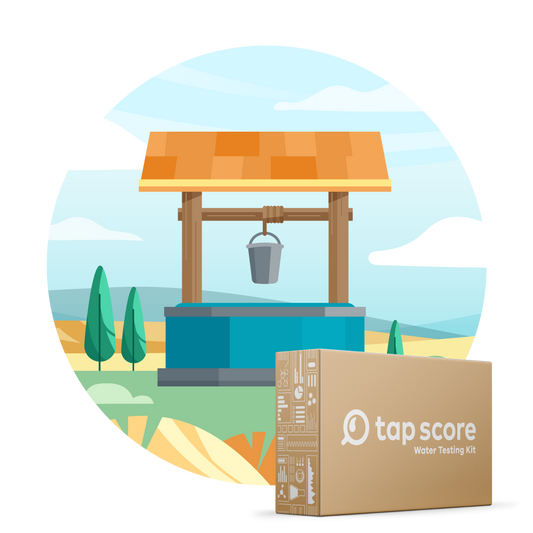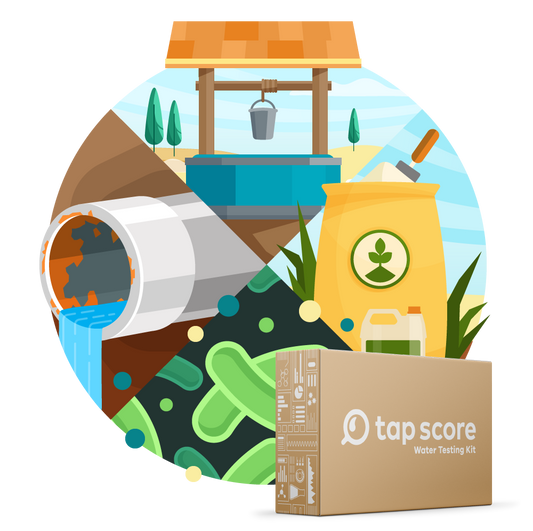
What Are the Lead and Copper Rule Improvements (LCRI)?
Our blog is written by real experts— not AI. Each guide is carefully reviewed and updated based on the latest research. Plus, with no affiliate links, you can count on unbiased insights you can trust.
The proposed Lead and Copper Rule Improvements (LCRI) build upon the EPA's 2021’s Lead and Copper Rule Revisions (LCRR) in order to further protect children and adults from the toxic health effects of lead in drinking water.
In this regulatory post, we’ll detail the LCRI and how it will continue to enhance and refine the work set in motion by the LCRR to work towards its ultimate goal of complete lead service line (LSL) replacement within the next 10 years.
Table of Contents:
- What Are the Lead and Copper Rule Improvements?
- Differences Between the LCRR and LCRI
- What Does it Mean for You?
What Are the Lead and Copper Rule Improvements (LCRI)?
The EPA’s 2024 LCRI are a set of enhancements to the LCRR, which, as we mentioned in our overview of 2021’s Lead and Copper Rule Revisions, fundamentally changed how utilities and water systems test for and remediate lead in drinking water, as well as how they communicate with consumers. The main goals of the LCRR were to identify lead service lines (in a lead service line inventory, or LSLI), enhance sampling methods (particularly in schools and childcare facilities), and reduce lead levels in water through stricter regulations.
 This latest set of lead and copper rule revisions intend to:
This latest set of lead and copper rule revisions intend to:
- Lower the lead action level
- Accelerate lead service line inventory and replacement
- Improve sampling methods of lead in water
- Provide additional protections for children in schools and childcare facilities.
These (LCRI) improvements were finalized in October 2024, the LCRR’s deadline for required implementations. In order to best understand how the LCRI did this, it’s helpful to understand how the LCRR and the LCRI differ.
What’s the Difference Between the LCRI and the LCRR?
The LCRI builds upon the LCRR in six key areas:
- Reduced lead action level
- Lead service line (LSL) replacement requirements
- Testing and sampling protocols
- Corrosion control treatment requirements
- Public education and communication
- Focus on vulnerable populations
Reduced Lead Action Level:
Most importantly, the LCRI proposes a more aggressive lead action level, lowering the current action level of 15 PPB to 10 PPB to trigger remediation efforts sooner. This is a 33% reduction in the limit that triggers utility action. Utilities will be required to notify customers within 24 hours if lead concentrations surpass 10 PPB.
- What Is a Lead Action Level? The lead action level is a measure of the effectiveness of the corrosion control treatment in water systems, rather than a standard for establishing a safe level of lead in a home.
This means the EPA requires public water systems to test for lead at the tap in certain homes to see if their corrosion control efforts are working. If 10 percent of the samples from these homes have water concentrations that are greater than the action level (>10 PPB), then the utility must notify the public and schedule a lead service line replacement.
Enhanced Lead Service Line Replacement:
Where the LCRR required water systems to create and maintain a lead service line inventory (LSLI), and mandated a certain rate of replacement, the LCRI intends to provide additional funding and resources to accelerate the rate of LSL replacement. The acceleration intends to meet the national goal to completely replace all LSLs and certain galvanized service lines within the next 10 years, with few exceptions.
It also increases transparency by ramping up communication efforts, requiring public utilities to better inform their communities about the presence and replacement status of LSLs.
Lead, Galvanized, or Unknown Pipes
Lead is the primary target for replacement, but it’s not the only area of focus for utilities. In a health-conservative approach, any pipe of indeterminate or “unknown” material is marked for replacement. But what about “galvanized” pipes?
- Galvanized pipes are made of steel and coated with zinc to prevent corrosion. They were common in homes built around the 1960s. Over time, the zinc erodes allowing the steel pipes to corrode. When galvanized household plumbing was paired with a lead service line, lead particles could accumulate on the internal surface of galvanized pipes. While the LCRR recognized the risk posed by galvanized pipes, it did not require their replacement. The LCRI intends to mandate the identification and replacement of galvanized pipes.
The LCRI intends to implement more rigorous and standardized methods for identifying the materials of service lines. These include:
- Mandating physical inspections where records are incomplete or unclear.
- Using advanced technologies like predictive modeling and machine learning to improve the accuracy of service line material identification.
- Requiring water systems to publicly share their lead service line inventories.

Note: Your utility will be required to notify you annually if a lead, galvanized or unknown service line is a part of their inventory until the line is removed or verified.
Improved Sampling Protocols:
The LCRR introduced the 5th-liter sampling method in order to better detect lead contamination in service lines. This method requires that lead be tested in both the first liter coming out of the tap and the fifth liter.
The LCRI will refine sampling protocols to enhance consistency and accuracy by making 5th-liter sampling a requirement during lead testing in addition to the already established 1st-liter sampling. It will also increase the frequency of sampling in high-risk areas, particularly in schools and childcare facilities, to ensure timely detection and mitigation of lead exposure.
What Is Fifth Liter Sampling?
Under the LCRI, for homes with or suspected of having LSLs, the compliance sample must come from the 5th liter of water drawn at the tap. The EPA’s 5th liter sampling rule targets water that flows from the lead service lines, not just the faucet or the premise plumbing.
-
How does 5th liter sampling work?
If your home is selected for testing, you will collectfive (5) one-liter samples, consecutively numbered, from the kitchen or bathroom faucet. Analysis will come from the first liter bottle for copper, and the fifth liter bottle for lead.
Sampling at this volume captures water that has come in contact with the LSL during a stagnation period of at least 6 hours (a period during which no water should flow from any fixtures). (Note: The EPA now recommends against pre-stagnation flushing, i.e. flushing your tap for a specific period of time prior to starting the stagnation period. Flushing potentially lowers lead levels.)
For service lines other than LSLs and “material unknown,” sampling will continue as a first draw, one-liter sample taken from the kitchen or bathroom faucet.
-
Why the 5th liter?
Typically, the first three liters of water that leave your faucet come from water still in the plumbing of your home or building, or the premise plumbing. Approximately liters four through eight are pulled from the service lines, or the pipes that connect your premises to the water main. After the eighth consecutive liter, water flowing through your pipes is coming from the water main, or the primary underground pipe in a municipal water distribution system.

Changes to Corrosion Control Treatment Requirements
The LCRR updated requirements for corrosion control treatment (CCT) to reduce lead and copper levels in drinking water. The LCRI streamlines the CCT requirements to speed up the LSL replacement process, allowing utilities to defer the required installation or improvement of CCTs if they commit to replacing all LSLs and galvanized service lines requiring replacement within 5 years, with at least 20% of the service lines being replaced each year.
It also updates the requirement for the monitoring of water systems using CCT, requiring systems serving 10,001 to 50,000 people to monitor for water quality parameters in addition to systems serving over 50,000 people.
Importantly, the LCRI encourages community engagement and education by requiring utilities to communicate about their corrosion control treatments or service line replacement plans and how important CCTs are for public health.
Enhanced Public Education and Communication:
The LCRI expands on the LCRR’s requirements to improve public notification by implementing more comprehensive public education campaigns, utilizing multiple communication channels to reach a broader audience, and providing communities with detailed information on how to protect themselves from lead exposure.
The LCRI also revises the mandatory lead health effects language and informational statement to improve completeness and clarity in the annual Consumer Confidence Reports (CCR) that are issued to consumers by public utilities. CCRs will also now have to include information about how the public can contact their school or child care facility for further information on system sampling, as well as information on how to access their service line inventory and replacement plan.
Increased Focus on Vulnerable Populations:
The LCRI mandates more rigorous testing and mitigation measures in schools and childcare facilities. The LCRI also includes specific guidelines for identifying and addressing lead hazards in environments where vulnerable populations—including disenfranchised communities—are most likely to be exposed.
What Does this Mean for You?
- First and foremost, any work on your pipes or to your community plumbing network can affect your drinking water quality. That’s because changes in water flow and pressure can loosen or dislodge long-standing buildup and scale anywhere along the line.
- That’s why it’s a good idea to have your water tested with a certified laboratory—whether or not a lead service line replacement occurred on your property. Our comprehensive home water test kits detect lead and over 100 other contaminants, providing you with a detailed water report from a certified laboratory.
- You will receive notice from your utility company if a “lead service line,” “galvanized service line requiring replacement,” or “unknown pipe material requiring replacement” has been found in your network. They will let you know what they specifically plan to do for you along with the replacement schedule. This includes pre- and post-replacement sample kits, potential filter pitchers, etc.
- Additionally, because schools and childcare centers are a major part of the process, you will also be informed of how this might impact any of these locations in your area.
Will My Water Utility Notify Me if There Is Lead in My Water?
Yes, under the LCRI, water utilities are required to notify you of lead testing results for samples taken at your tap within 3 days of obtaining the results from the lab, regardless of the level of lead detected. This includes providing clear information about the lead levels, potential health risks, and steps you can take to reduce exposure. In some cases, they may also provide resources like water tests, filters or bottled water.
Where Can I Get My Water Tested for Lead and Copper?
If your utility has not offered to test your water, you can get your water tested on your own through a certified laboratory. Tap Score offers comprehensive home water testing kits that are easy to use and include testing for lead, copper, and other contaminants. These kits provide clear instructions, and the results are reviewed by experts to help you understand your water quality and treatment recommendations.
Questions or Need Help?
If you have any questions related to testing or sampling procedures, or anything else water quality-related, let us know! Our experts are always on call and available to help answer any of your water testing needs.
Learn More About SimpleLab's Partnership with Safe Water for Schools










